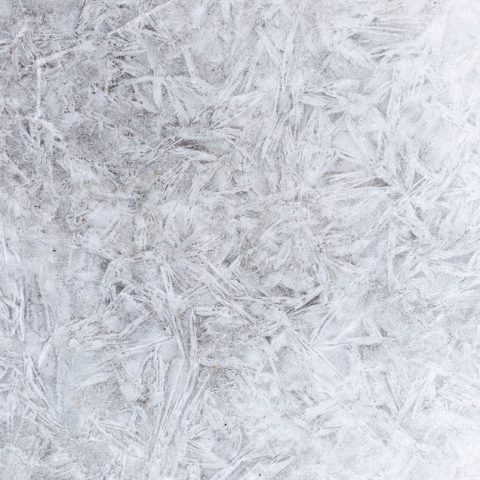This year, there has already been a fair amount of Winter storms in North America, and around the world. These Winter storms have closed roads and schools, canceled flights, caused accidents and damage to structures. There is plenty of advice on how you can keep your structure safe during these storms. However, for your own safety and the safety of others, you should not attempt some winter hacks.
Winter Hacks That Don’t Work
Winter safety isn’t something that should involve cutting corners or taking risks. Roof collapses and slips and falls are two real dangers associated with winter, and sometimes “hacks” are not enough to prevent accidents.
- Wrapping Your pipes with towels: Many people, especially those unfamiliar with winter weather, will try DIY insulation techniques during storms. However, wrapping pipes with towels or sheets is hardly enough to withstand the low temperatures much of the world will experience during these months. While wrapping pipes may be a temporary solution, it isn’t a complete fix to keeping your pipes from bursting.
- Turning up the heat: When temperature drop, it’s tempting to turn up the thermostat to quickly heat up your building. However, turning up the temperature won’t heat your building any quicker, and you’ll be using more energy while doing so.
- Melting frozen pipes: Some people think that using an open flame or electric heater to thaw frozen pipes is a hack that will get water flowing again. However, this can lead to damaged pipes – or even worse, electrocution. While something like a hairdryer may be a better option, it is better to prevent pipes from freezing in the first place.
- Clearing snow from roofs and gutters: If snow starts to build up on your roof, it is natural that you would want to clear it off before the load becomes too heavy. However, climbing onto roofs during winter weather may weaken the structure further and result in a collapse. If you must clear the roof, a snow rake is much safer.
- Using ice melt pellets on driveways: Snow and ice buildup on pathways and driveways can be dangerous during winter, especially if there is heavy foot traffic. Many people use ice melt pellets to get rid of ice, but many do not know that ice melt pellets are not good for concrete that is less than a year old. These pellets will erode concrete over time, which can lead to costly repairs.
Alternatives to Consider for Winter Building Protection
While there are certainly times that you won’t have much time to prepare a building for winter, it’s a good idea to start putting proactive measures in place during the summer months so that “hacks” won’t be needed.
Pipe freeze protection should be a staple for any building that experiences frigid temperatures. Electric heat trace cables can keep plastic and metal pipes protected in commercial and residential applications.
Roof and gutters de-icing protection using snow-melting cable means you will not ever have to think about ice dams or water ponding causing leaks and interior damage. This self-regulating technology will automatically generate heat in cold to prevent ice dams and icicle problems in eaves and valleys.
Finally, making your walkways, driveways and ramp winter safe using snow-melting cable will let you rest easy knowing you are preventing personal injury from slipping or vehicle accidents.
If you’re interested in learning more about how heat tracing can be a solution for next year’s Winter weather, contact a RAYCHEM Winter Expert today.



